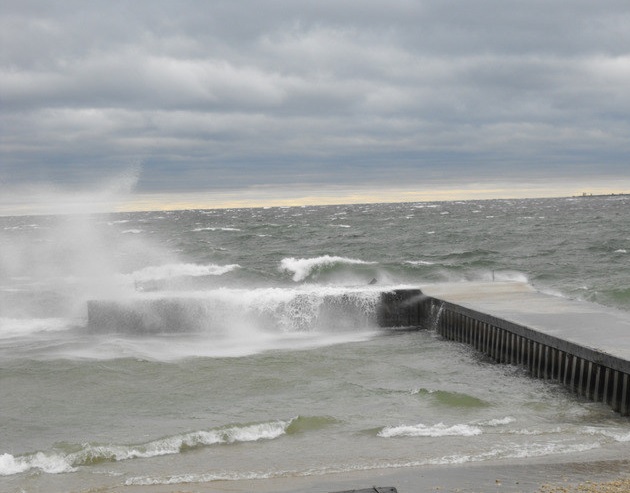
Great Lakes Water Levels
Water levels on the Great Lakes are dynamic. They change in the shorter timeframe of seconds to days due primarily to wind patterns and waves and in the longer timeframe of months to years due to precipitation in the basin, evaporation, and flow through the rivers that connect the lakes. These resources can help people understand the variability of lake levels and how communities can become more resilient to extreme water levels.

Flooding
All of Wisconsin’s coastal communities are vulnerable to flooding. The resources featured in this topic are organized by the four phases of emergency management – preparedness, response, recovery and mitigation. Utilizing these resources can help local officials and property owners become more resilient to flooding hazards.
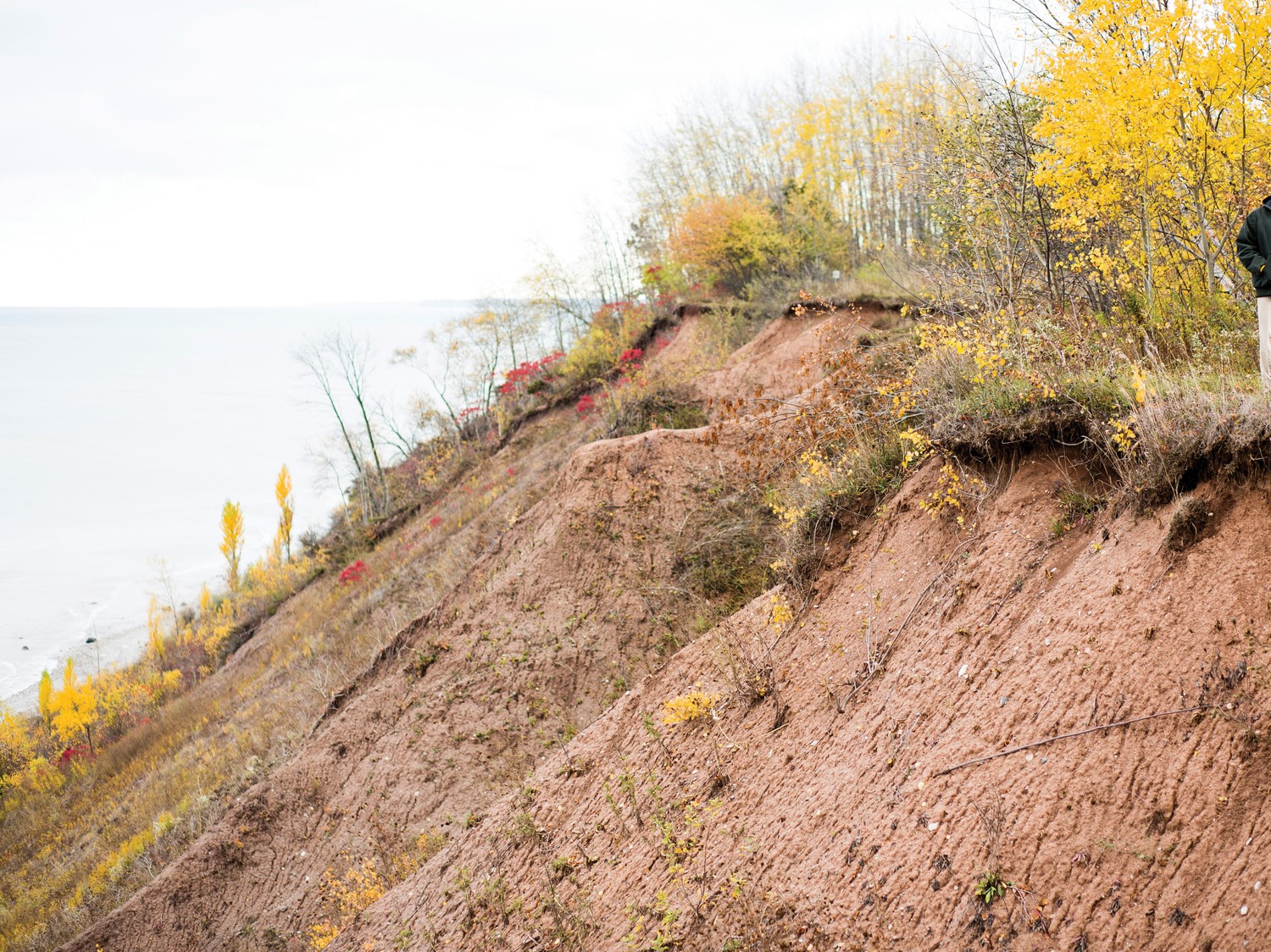
Bluff Erosion
Erosion of coastal bluffs is a serious issue for many Great Lakes communities in Wisconsin. These resources help in identifying and addressing coastal bluff erosion.

Ports, Harbors & Marinas
Commercial shipping in Wisconsin requires well-maintained ports and harbors, while recreational boating relies on access to marinas and other landings. These resources help guide decision-making about the marine infrastructure that supports shipping and boating.

Beaches
Wisconsin’s Great Lakes beaches are playgrounds for summer fun. These resources help local officials make informed decisions about beach management and help beach visitors stay safe.
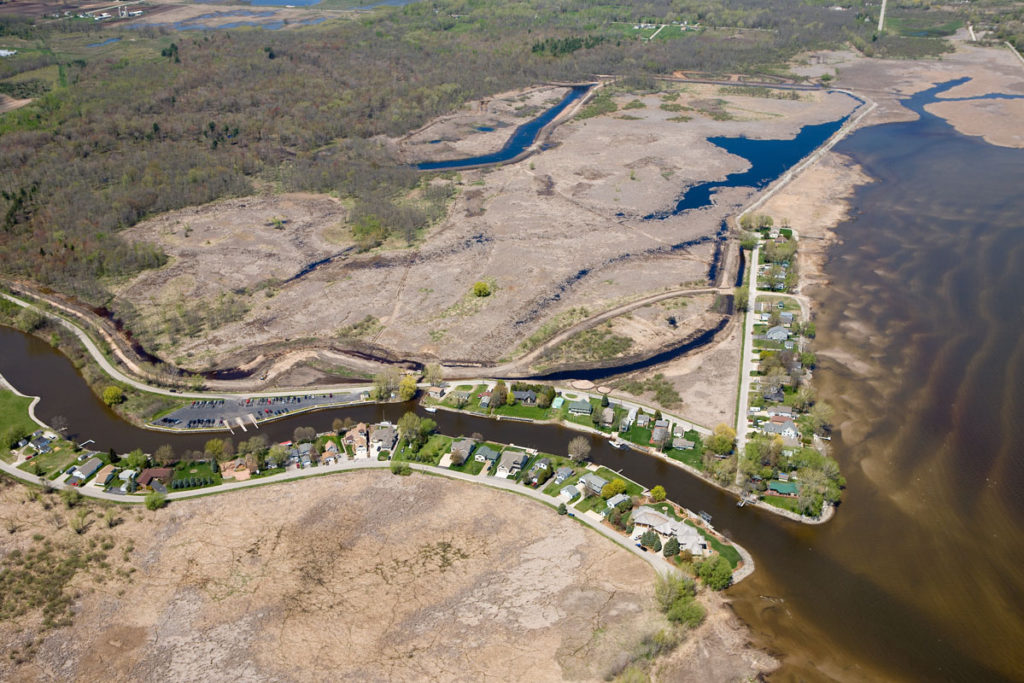
Nearshore Freshwater Habitats
Nearshore freshwater habitats are an important component of the complex and dynamic Great Lakes Basin and are vital to the success of Wisconsin’s coastal communities. These areas are a key priority for restoration and protection because they are the source of drinking water for most coastal communities, are the areas of the lakes where most human recreation (e.g., swimming, boating, and fishing) and education opportunities occur, and are the critical ecological link between watersheds and the open waters of the Great Lakes.
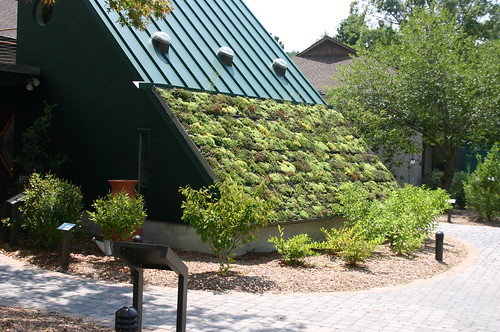
Green Infrastructure
Green stormwater infrastructure practices such as rain gardens, green roofs, bioswales, porous pavement, and constructed wetlands hold great promise for reducing urban flooding and increasing water quality. These resources help measure the effectiveness of green infrastructure practices, remove barriers to their implementation, and apply collaborative approaches to design scenarios across a range of scales from individual sites to entire watersheds.
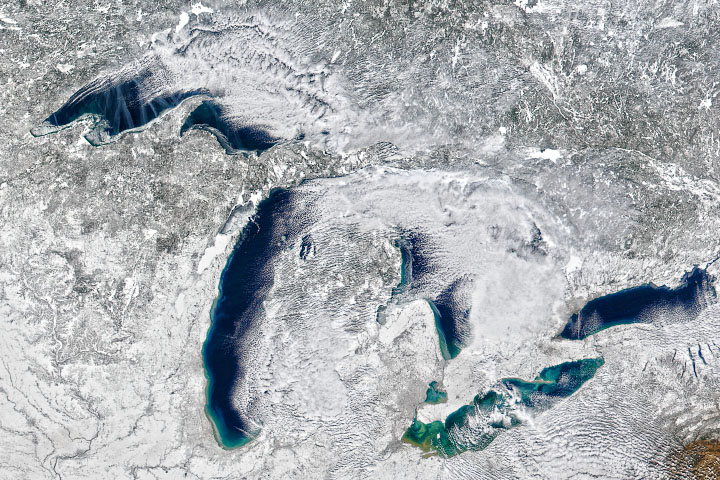
Climate Adaptation
Climate adaptation means taking action to prepare for and adjust to the current and projected impacts of climate change. The goal of adaptation is to reduce risks from the harmful effects of climate change and take advantage of any beneficial opportunities. In the Great Lakes region, climate change is likely to cause more extreme rainfall events and flooding, rising temperatures, declining ice cover, and periods of extreme high and low water levels in the lakes. These resources provide information about the risks faced by Great Lakes communities and strategies to adapt to the impacts of climate change in this region.
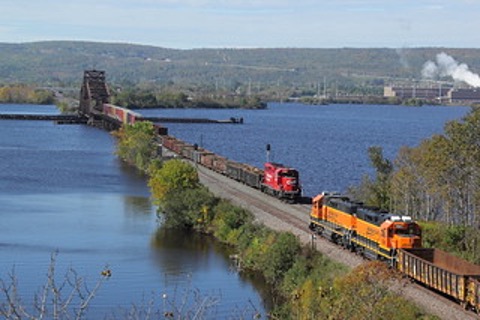
Coastal Economies
Taking care of our coasts isn’t just beneficial to our ecosystems, it also supports our local economy. Coastal and marine economies are comprised of various sectors, including living resources, marine transportation, recreation and tourism, among others. The resources included in this topic help practitioners understand how to measure and communicate the economic impact of coastal health and management.
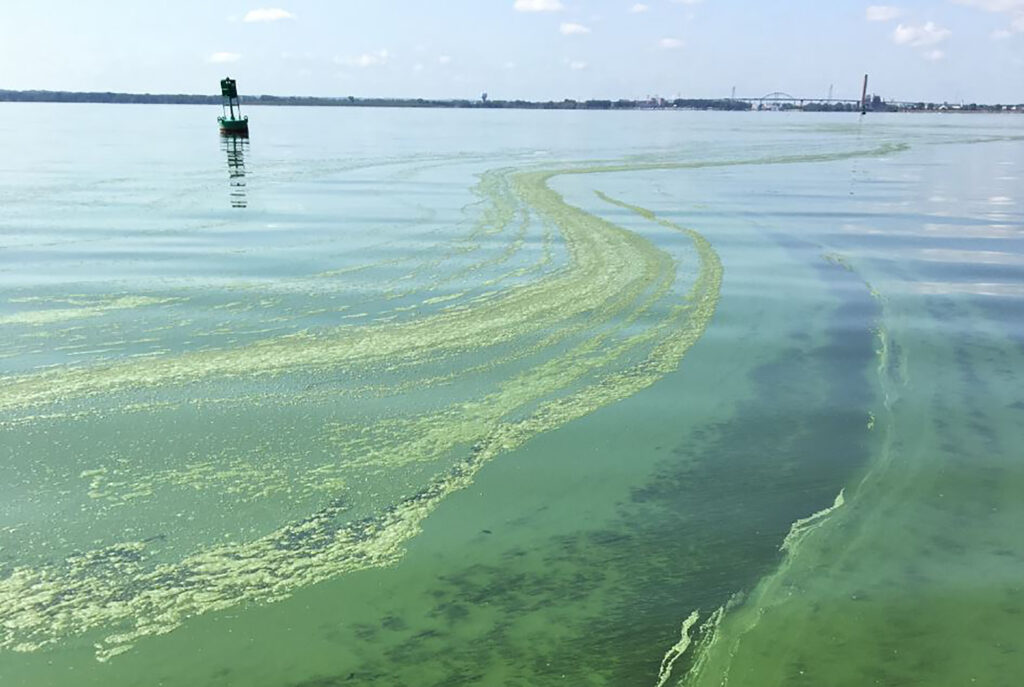
Water Quality
Water quality is critical to the health of Wisconsin’s coastal ecosystems, communities, and economies. Clean water supports drinking water supplies, recreational activities like swimming and fishing, and thriving aquatic habitats. However, issues like industrial pollution, nutrient runoff, harmful algal blooms, and emerging contaminants continue to impact water quality throughout the state. Improving and protecting water quality is a shared responsibility that requires monitoring, assessment, and management efforts across local, state, and federal levels. These resources highlight water quality issues, monitoring strategies, mapping tools, and restoration efforts to help stakeholders better understand and safeguard Wisconsin’s valuable water resources.
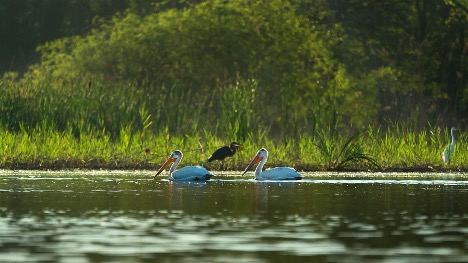
Coastal Ecosystems
Wisconsin’s Great Lakes coasts are home to diverse and dynamic ecosystems that provide critical plant and animal habitat, support recreational and commercial activities, and help maintain water quality. The resources featured in this topic highlight key coastal ecosystem types, threats to their health, and strategies and decision tools for protection and restoration. Utilizing these resources can help local officials, landowners, and community members support the long-term vitality of Wisconsin’s coastal environments.
